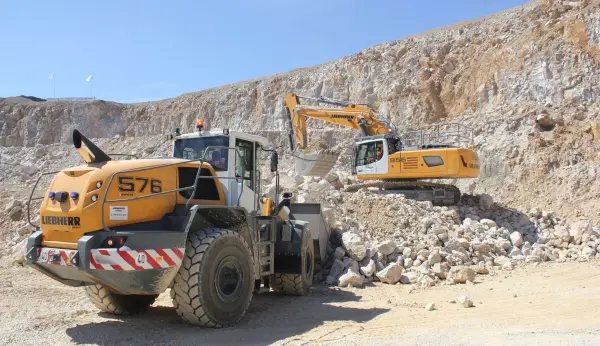High Court rules in favour of Nosterfield Quarry extension

CAMPAIGNERS attempting to prevent a 31ha extension to NosterfieldQuarry, close to the Thornborough Henges, in North Yorkshire, have hadtheir objections rejected by the High Court in London.
The campaigners’ had raised a legal challenge against the planningpermission granted by North Yorkshire County Council in August 2008 forthe extraction of an additional 1.1 million tonnes of sand and gravelfrom land that is currently part of neighbouring Ladybridge Farm.
During the three-day hearing, lawyers acting for a member of theFriends of Thornborough Henges had argued that the county council’sdecision was based on flawed information and failed to adequately takeinto account the impact of the quarry extension on the setting of thehenges, which are situated within a mile of the proposed site.
They also argued that the council’s ruling was inconsistent withprevious decisions and failed to put together a rational birdmanagement strategy.
However, in his detailed judgement on the case, the judge dismissedthe claim that the quarry extension would be detrimental to the‘setting’ of Thornborough Henges, saying there was no definition of‘setting’. He also pointed out that the quarry extension site would notbe visible from the ancient monument.
Speaking after the court ruling in favour of the permission, NickBeale, Tarmac estates manager for Yorkshire, said the extension wouldhelp to preserve employment for quarry staff and hauliers atNosterfield.
‘Full consideration was given to the location and size of theextension in relation to the Thornborough Henges,’ he said, ‘and wehave given assurances that bird management and habitat management atthe extension will be carefully carried out.’
Permission for a 2.2 million tonne extension to Nosterfield wasinitially refused by the county council in February 2006, on thegrounds that it would have an unacceptable impact on the archaeologicalremains.
In 2007, approval for a smaller scheme was quashed after the Friendsof Thornborough Henges began a challenge in the High Court. Thisrevised application was subsequently reviewed and approved, butcampaigners then began their recent High Court action.



